It’s a clear sunny winter day, which means it’s time to make good on my promise to summit Puketapu, the iconic cone-shaped hill overlooking the quiet town of Palmerston.

After baking some pear and walnut muffins as sustenance for the fearsome climb ahead, I headed north once again. Police were still present at the site of the fatal car crash near Karitane, a sobering sight and I cannot help but feel sympathy for all involved. Fortunately I made it to Palmerston without incident, despite witnessing a seriously illegal overtaking manoeuvre by a truck passing another truck.
Once there, I picked up my brave (or foolish) partner in the day’s adventure. Fortified with snacks, water and some furry companions, we made our way down the main street of Palmerston then turned right into Stour St just before the bridge out of town. Pulling up near the start of the track, we belatedly noticed the “no dogs” sign. Sorry fluffy companions, it’s back home for you.
Ten minutes later we returned minus dogs and ready to tackle the challenge.
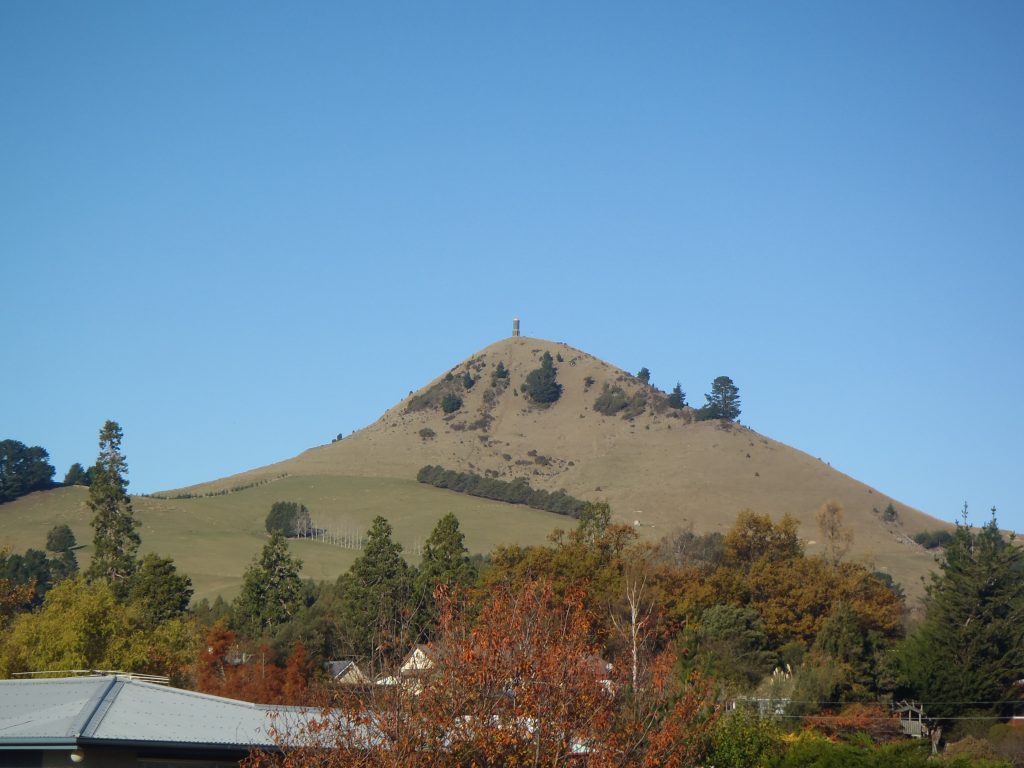
We climbed out of the car and crossed the stile into the first of several sloping paddocks that was to bring us to our destination.

I mentioned in my Shag Point post that we would be meeting another passenger from the ill-fated Arai te Uru, ancestral canoe of Otago people which now forms the treacherous Danger Reef, and here she is. Puketapu left the stricken canoe to search for firewood, located some at Owaka and was attempting to bring it back when her pack strap broke. She mended it roughly and continued, but every so often a piece of wood would fall, growing into the forests of Dunedin and Otago. She was almost back at the canoe when the sun rose and she was turned to stone. Her pack fell, the two straps becoming the Shag River and the Pleasant River.
So here she has stood ever since, watching silently over the district as forests have receded and the town of Palmerston has grown at her feet. I hope she doesn’t mind being traipsed all over by a couple of adventurers.
It wasn’t long before my companion began to struggle. Being dragged out of bed and up a hill after only the briefest of breakfasts apparently was not working out for her. “Go on without me!” She cried. “Take the muffins!” Uh oh, now I know it’s really bad.

Battling survivors guilt, I continued alone, chalking this up to yet another poor soul I’d made to regret following me somewhere. The track crossed another pasture and then crossed a fence to run along the shady side of a row of pines. Then suddenly the bulk of Puketapu’s steep cone was looming above me.

I employed my usual strategy when climbing up steep slopes, which is to run at it (perhaps another reason why people often regret following me) until my legs realise what I’m up to, then rest a little, then repeat. I slowly closed in on the summit, although I had to use my hands on some of the steeper patches. I’m very glad we didn’t choose to do this in the rain, as mixing this climb with mud would have been a complete nightmare.
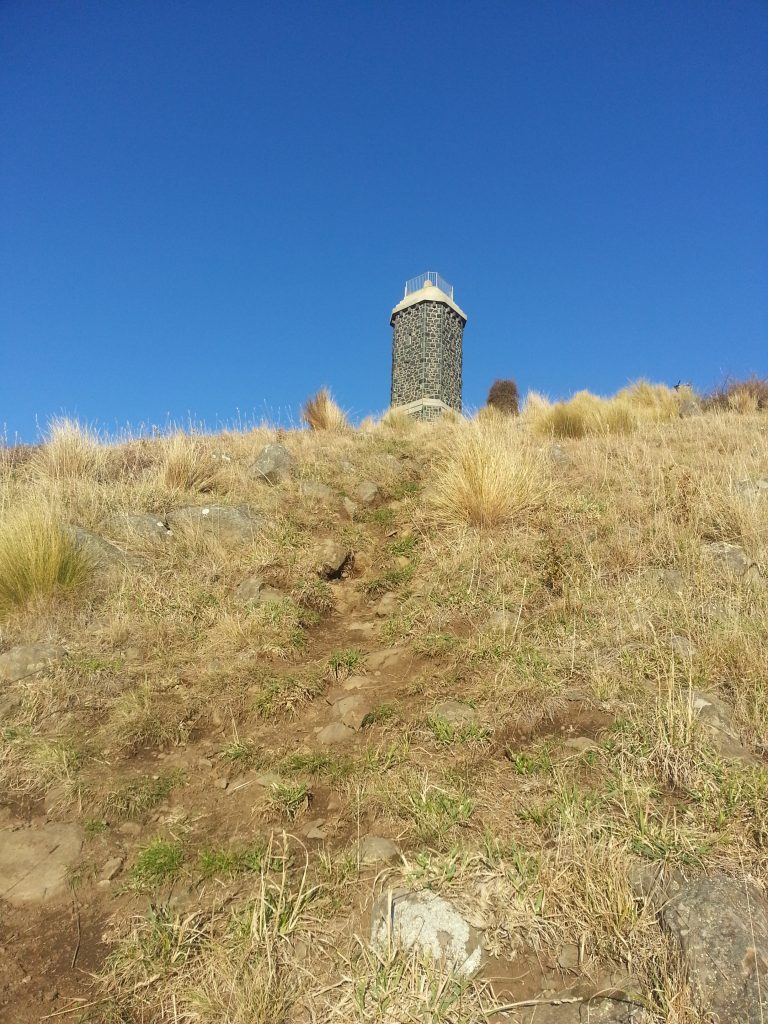
One final struggle and I reached a conveniently placed bench which looked back out over Palmerston and down the Shag Valley. I dragged myself on to it and rested under the guise of appreciating the view. One of the most enduring legends of John McKenzie (whose cairn crowns this hill) is that during his early days in New Zealand when he was employed as a shepherd on these slopes by Johnny Jones, he climbed this hill and gazed upon this very view. Looking over the Shag Valley, he was struck by the fact that all this land was owned by only a handful of men.
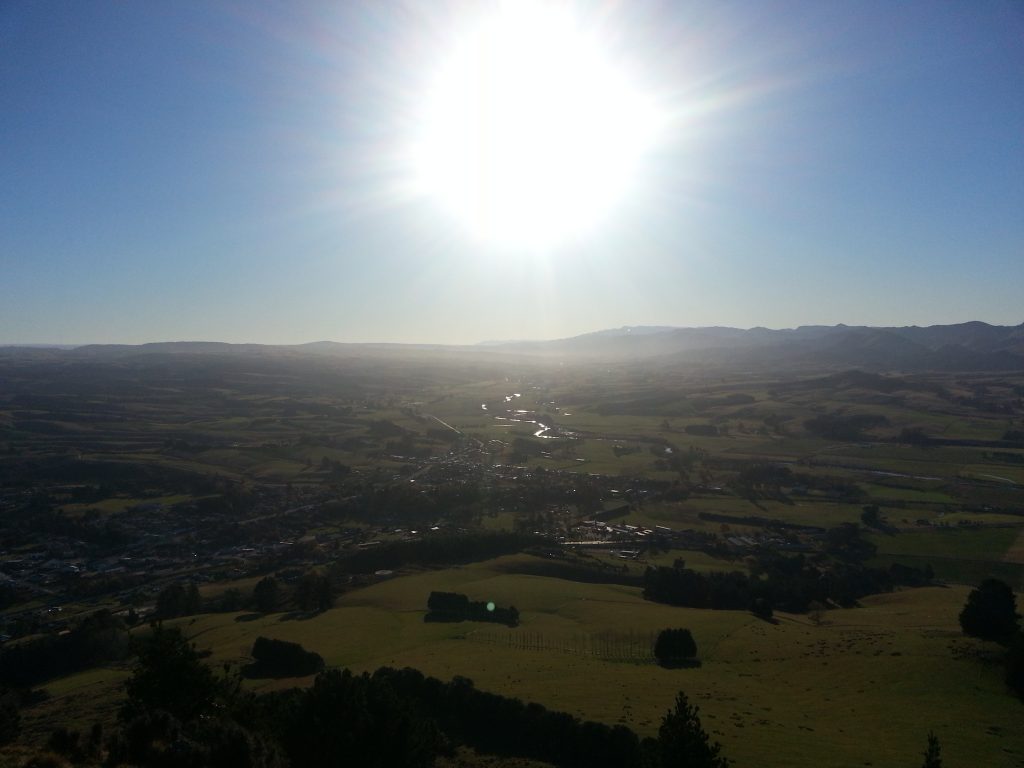
This fact struck McKenzie particularly hard, because as a child he had witnessed the terrible results of land monopoly upon common people during the Highland Clearances of his native Scotland. Travelling with his father as a five year old, they came across ninety huddled refugees in the graveyard of a church in the small town of Croick. They were crofters and tenant farmers who had been evicted from the highlands in order to make room for sheep, taking shelter in the only place they would not be arrested for camping.
John McKenzie himself was the second son of a fairly comfortable tenant farmer. While his own family was not affected by the traumatic evictions, his position as second son afforded few opportunities in his native land. His older brother would inherit his father’s position, leaving McKenzie with the unattractive option of working his way up over decades to maybe earn a position almost as comfortable as that of his father. It’s little wonder that shortly after his marriage to Annie Munro (seven years his senior) in 1860 he decided to take his chances by emigrating to the fledgling colony of Otago.

Starting out as a shepherd, he saved enough to purchase a small homestead, where he struggled to make ends meet. Despite the hardships caused by his absence from the family farm he was determined to go into politics, starting out with local school and road boards. He made it into parliament in 1881 and doggedly pursued his goal of making land available to the average settler. And not just a stingy little patch, but land in blocks large enough for a farming family to actually make a decent living.
I’ve learned to my dismay that the founders of Dunedin had deliberately provided farming blocks to settlers in packages so small that they could barely live off them, so as to force them to take work from the wealthier settlers at cheap rates. This attempt to set up a semi-feudal system went against everything I wanted to believe about this country – that it was founded on an idea of equal opportunity for all. I’m glad to see that somebody agreed!
Having surveyed the view and recovered from the climb, I decided it was time to tackle the one remaining obstacle – the thirteen metre high bluestone cairn that commemorates the hero of the common farmer. There is a waist-high decorative iron gate fastened across the doorway to the monolith, whether to discourage adventurers or wandering sheep I’m not sure. But I won’t let “the man” stop me, just like McKenzie never let the elite and powerful land owners keep him down! So I scrambled over the gate and into the cairn.
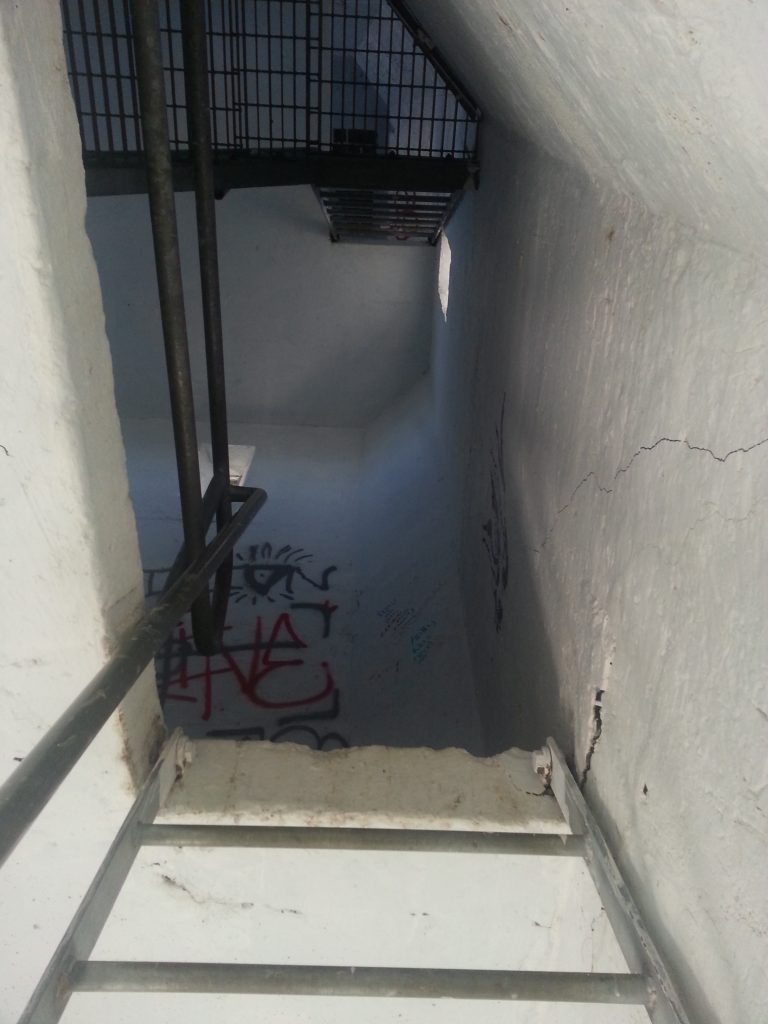
I was a bit surprised to see that getting to the top involved climbing several steel ladders, but gamely grasped the cold steel and pulled myself up. The interior was well-graffitied, and unfortunately not with the artistic kind. Cold winds buffeted me as I emerged into the open air – finally I had reached the highest point of Puketapu! The small fenced platform offered 360-degree views of the surrounding district from Shag Point and the ocean behind me, over Goodwood and all the way down to Mt Cargill in the south, and up Shag Valley with the Pigroot shining in front of me.
And below? A tiny dot moving slowly up the hill!
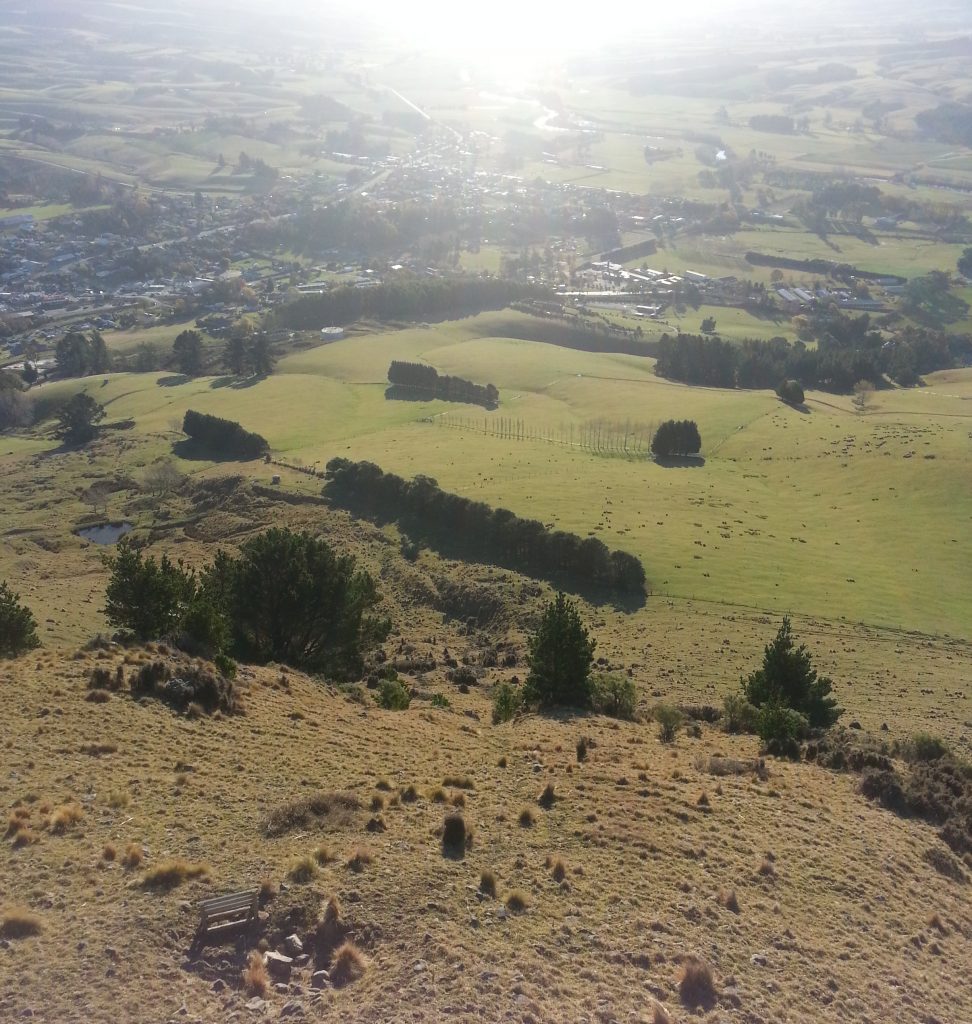
I rushed back down the tower to provide encouragement as my friend slowly inched her way upwards. It wasn’t long before we were both safe and secure at the summit! Congratulatory muffins and Facebook updates all round!
Having conquered the mighty mount, we were determined to milk our success as much as possible. So we decided to hang around until sunset, huddling in the lee of the monument to escape the increasingly chilly wind.
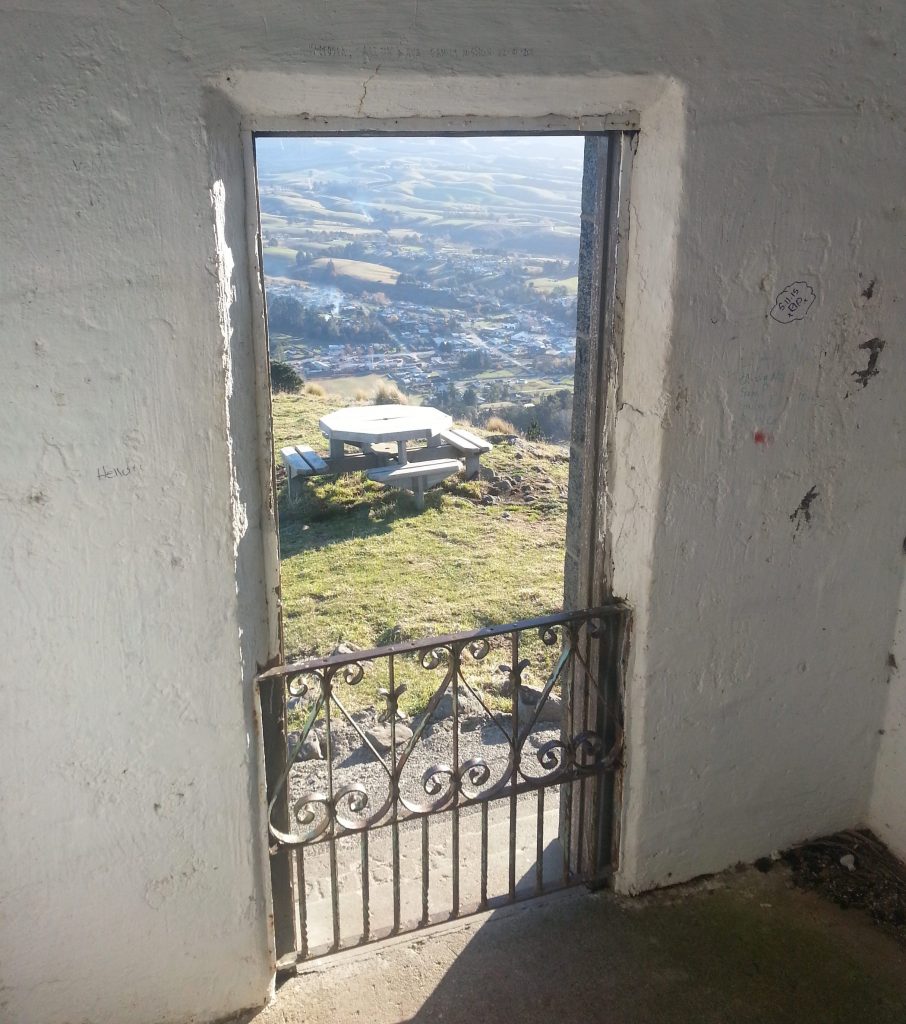
From 1891 to 1900 McKenzie served as Minister of Lands and was a loyal right-hand-man to Richard “King Dick” Seddon, leader of the emerging Liberal party and premier during this time. In this position he was able to enact the land reforms he so desperately craved. He proceeded to enact legislation that would enable the government to buy back the land locked up in large estates (sometimes compulsorily) and break it into smaller blocks to be settled more closely. He also arranged for cheap credit to be available to farmers and raised the quality of New Zealand’s farming produce by introducing new standards for produce. His honesty and hands-on approach made him massively popular while in office.
However his policies did not benefit everyone. Settlers in the North Island coveted the large areas of remaining Maori land, still covered in “useless” bush. The attitude of McKenzie and many other Europeans of the time was that those who did not “use” their land did not deserve it, and the only appropriate use of said land was European-style farming. So he embarked on a massive land-purchasing spree which greatly reduced Maori land holdings. Meanwhile, the same benefits offered to European farmers were not offered to Maori, meaning they struggled to live off what little land they were left with. It’s a sad blot on McKenzie’s legacy that in trying to prevent the possibility of another “Highland Clearance” in his new land, he ended up creating a similar disenfranchisement for its native people.
McKenzie was also opposed to women’s suffrage, believing that a woman’s place was in the home. He wished to exclude married women from his settlement schemes, fearing that they would merely be proxies for their husbands to acquire more than their fair share of land.
So when McKenzie spoke of “land for the people” it’s clear that he was working from the same limited definition of “people” as many others from his time.
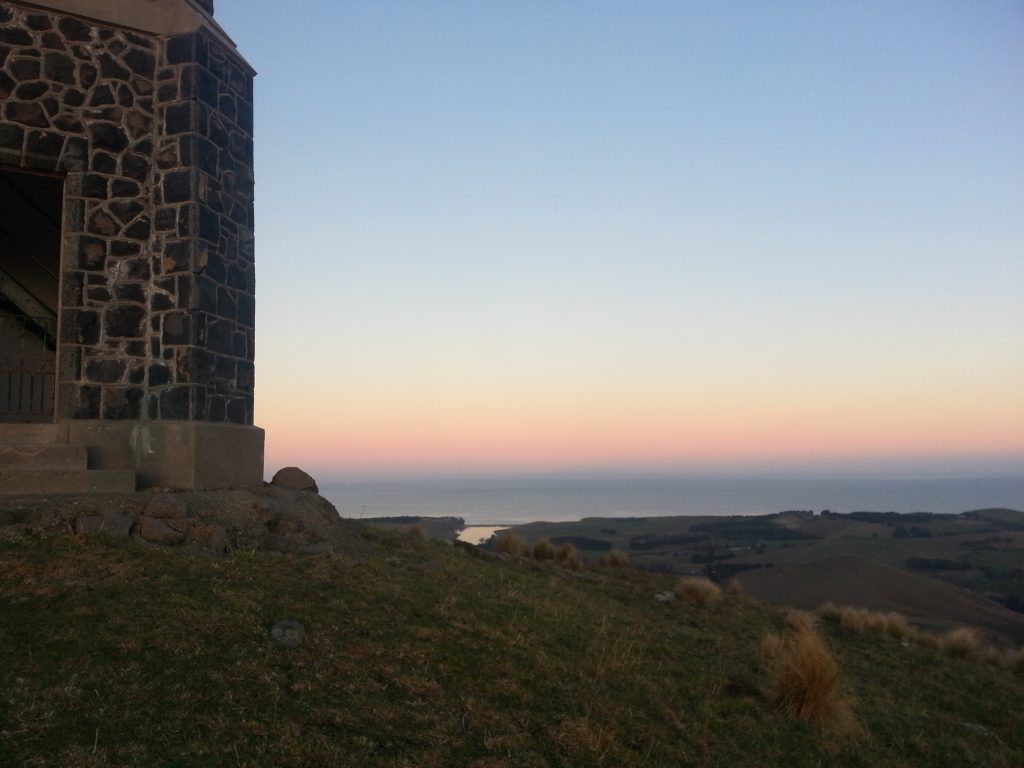
As the light faded on this famous hill, so it faded on the district’s most famous son. Diagnosed with bladder cancer, ill-health forced him to resign in 1900, and he passed away at his home near Shag Point six weeks after being knighted in 1901. Lead by 32 pipers, his funeral procession left his home and by the time it reached the Palmerston cemetery, it consisted of 80 vehicles, 50 horsemen and 750 people.
An elaborate headstone marks his resting place, but something more was required to commemorate the man whose influence on land policy is still being felt today. A cairn for Puketapu was proposed, but an uncooperative land owner forced the scheme to be moved to Pukehiwitahi which overlooked McKenzie’s homestead. Sadly this monument was short-lived and collapsed in a storm in 1917. Nothing further was done until McKenzie’s old friend and political ally Joseph Ward returned to power in 1928, and the idea of erecting a monument on Puketapu was revisited. Although the landowner was apparently no longer a problem, the proposal was not without its controversy, with one irate Palmerston resident stating that anyone who dared deface this “noble mount” with a cairn “should immediately proceed to disfigure his own countenance”. In spite of these nay-sayers, the new monument was unveiled in 1931.
And here it has stood for the past 85 years, shouting McKenzie’s name to all who pass by.

As the light fled, we slipped and slid back down Puketapu’s shoulder and made our way back to Palmerston where a roaring fire waited to thaw us out. As we begged forgiveness from our furry friends, the looming mount faded into the night.
References:
Lands for the people? : the highland clearances and the colonisation of New Zealand : a biography of John McKenzie by Tom Brooking
In the Land of the Dwindle River by George Griffiths
The Welcome of Strangers: An Ethnohistory of the Southern Maori by Atholl Anderson
PERSONAL. Evening Star , Issue 11699, 7 November 1901, Page 4
THE M’KENZIE CAIRN. Otago Daily Times , Issue 20695, 18 April 1929, Page 13
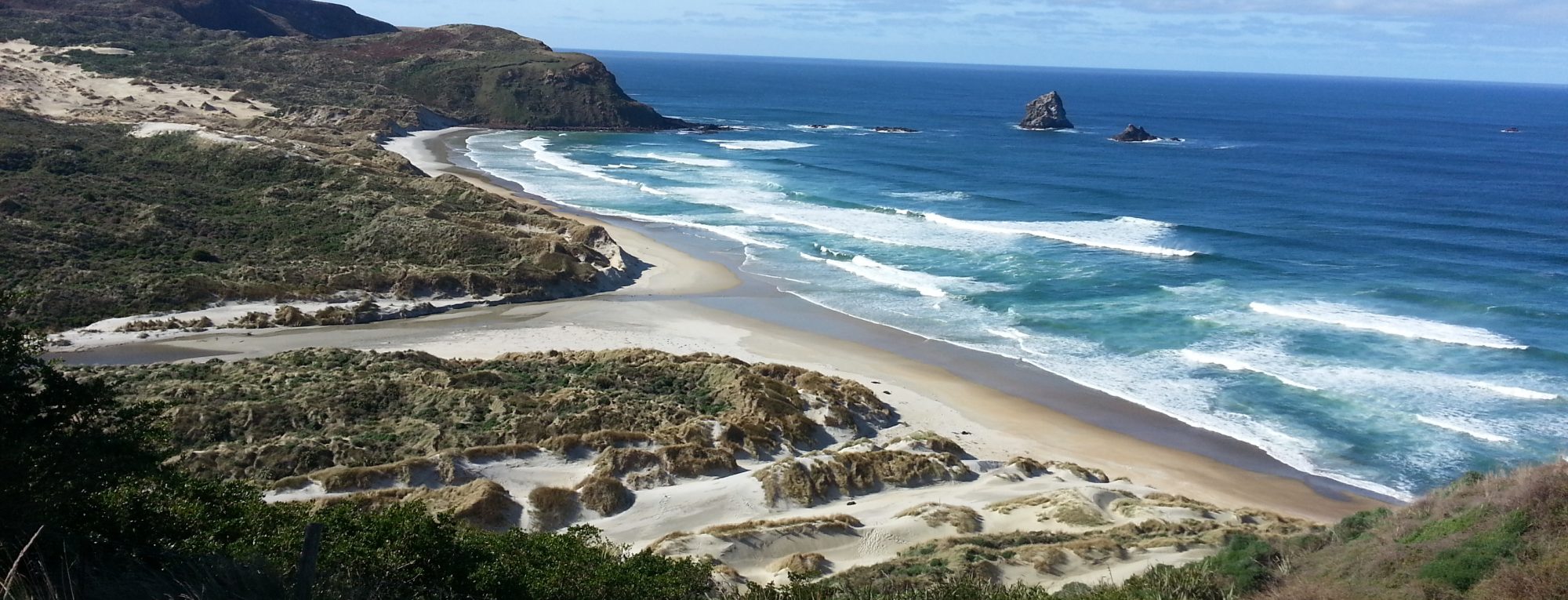
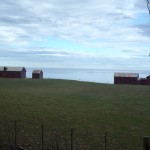
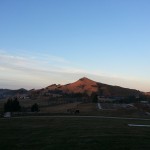
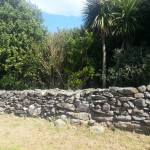
Look at how old that door opening. I think this is also in the kete history archives.
terry
https://www.westaucklandelectrician.kiwi/
Top site ,.. amazaing post ! Just keep the work on !